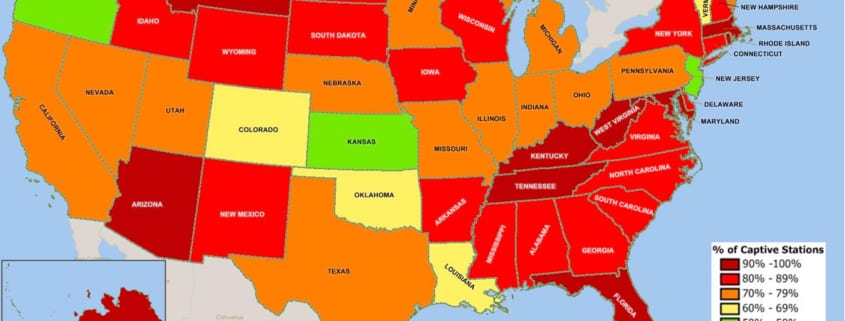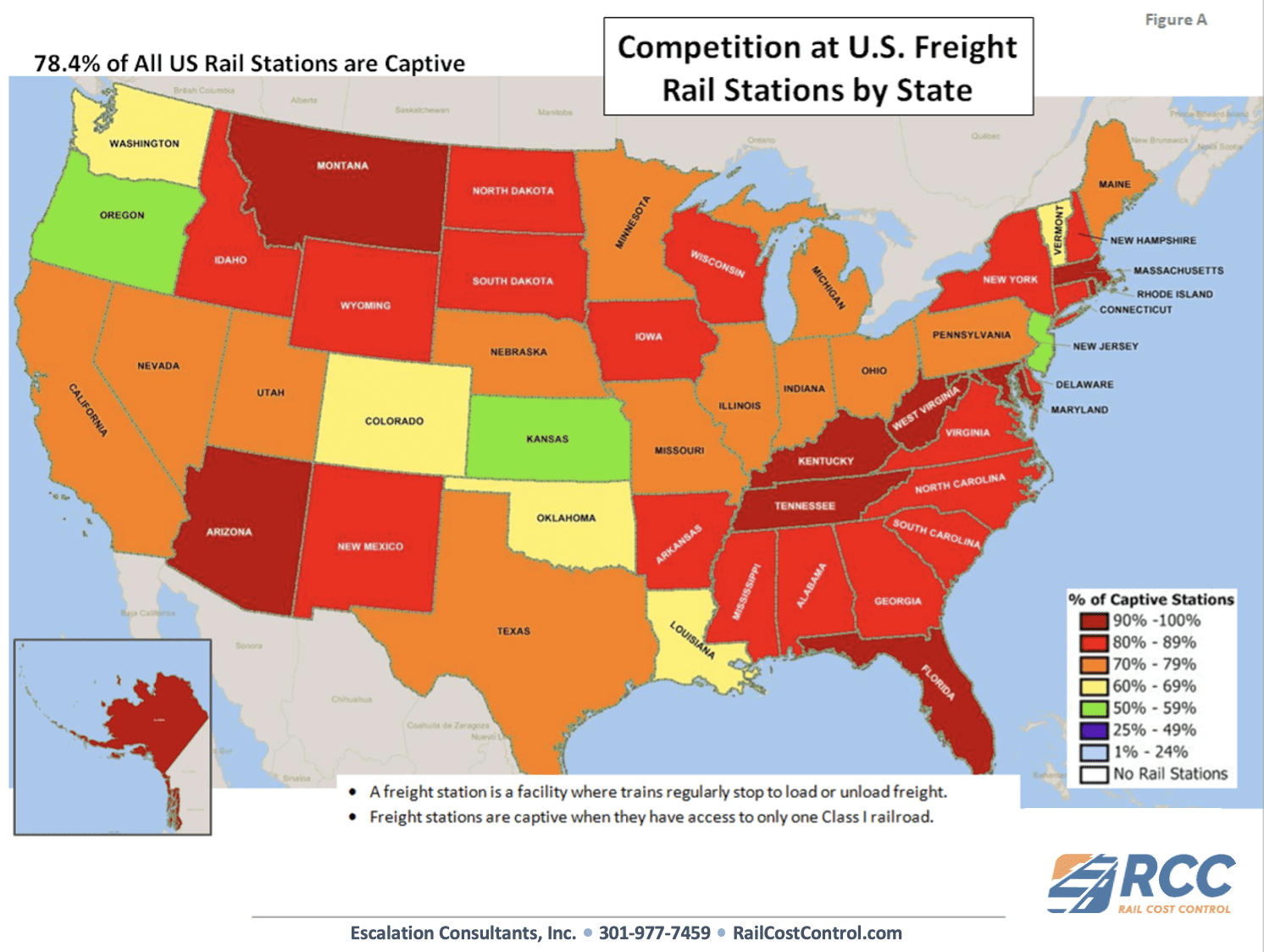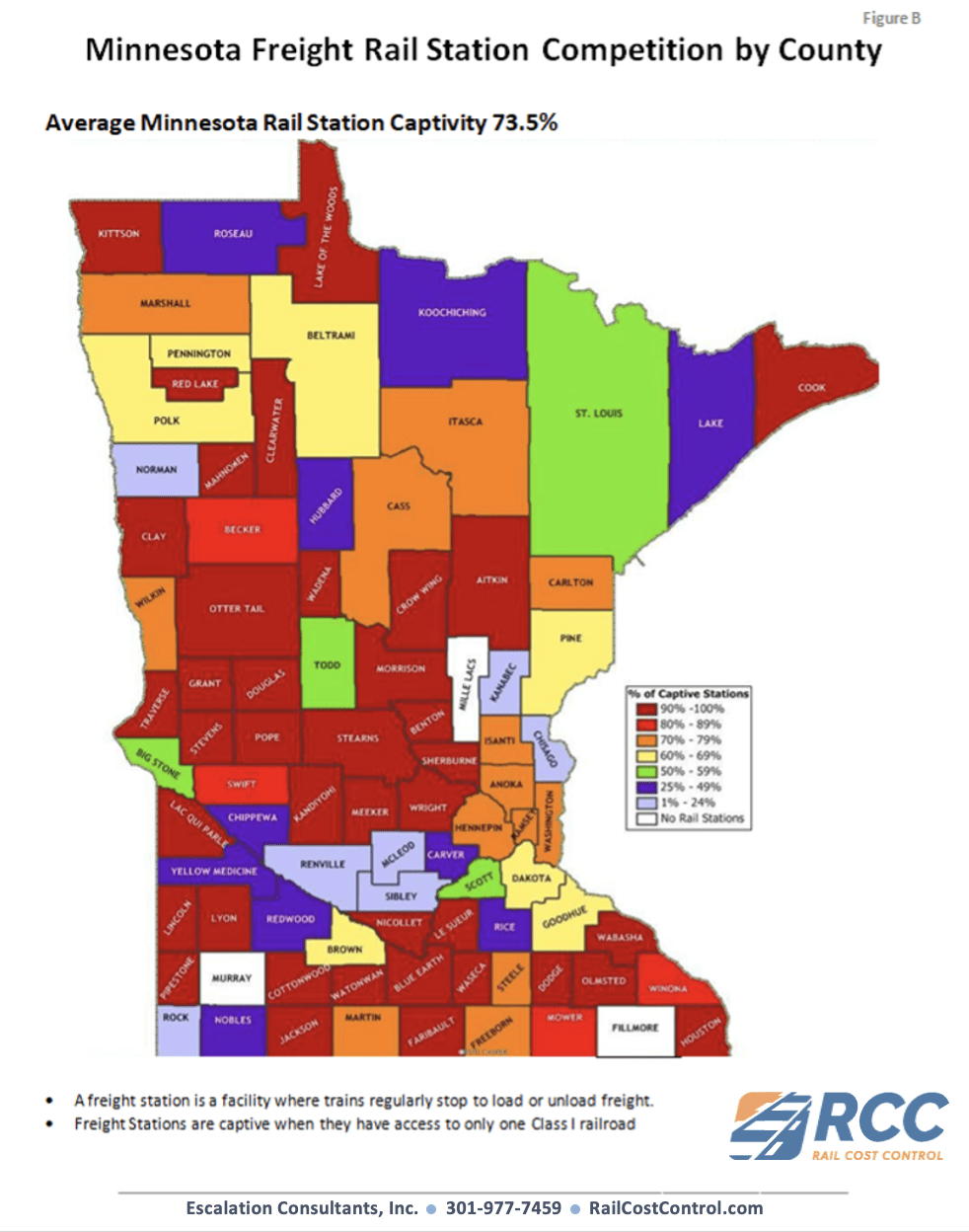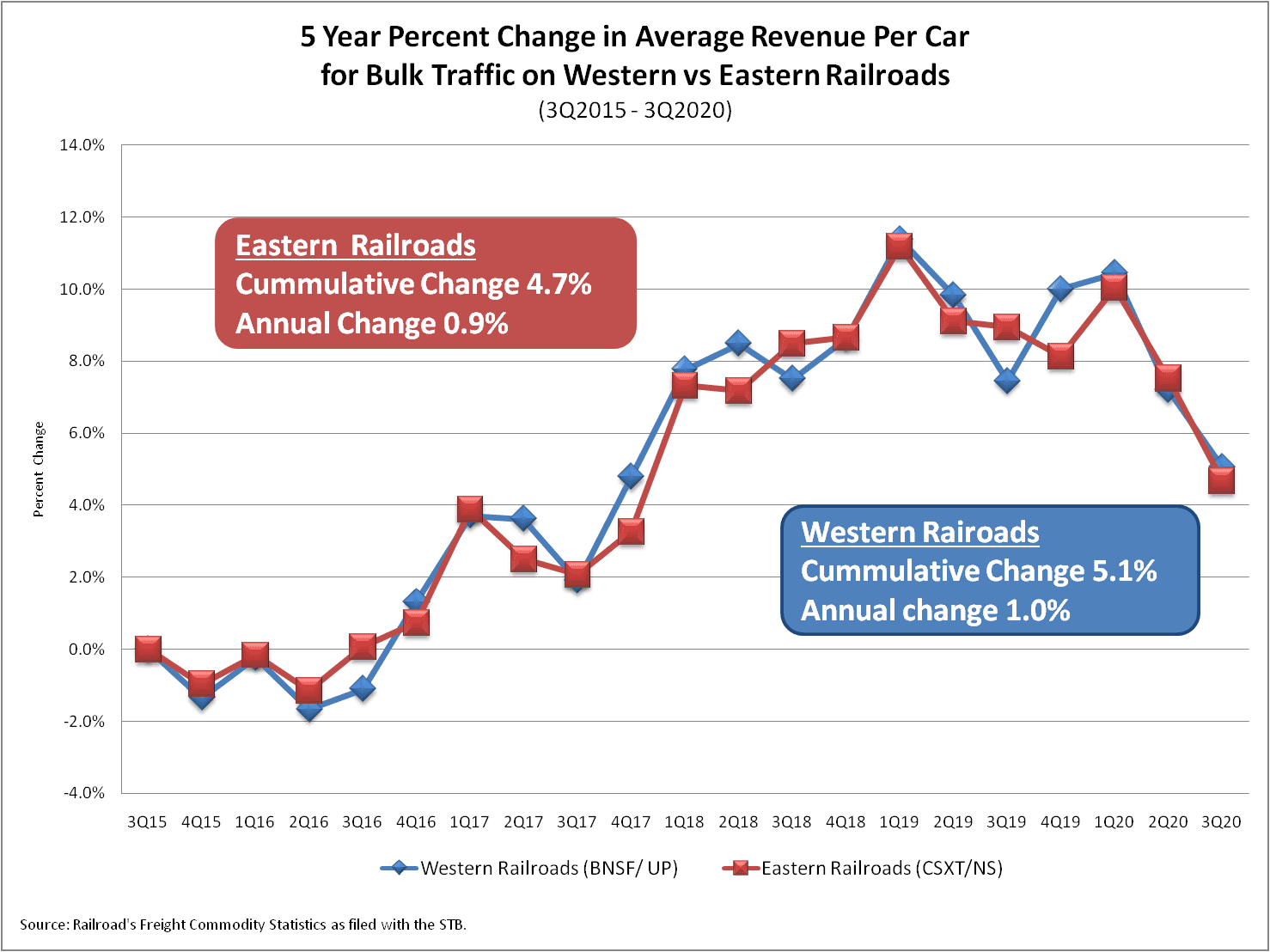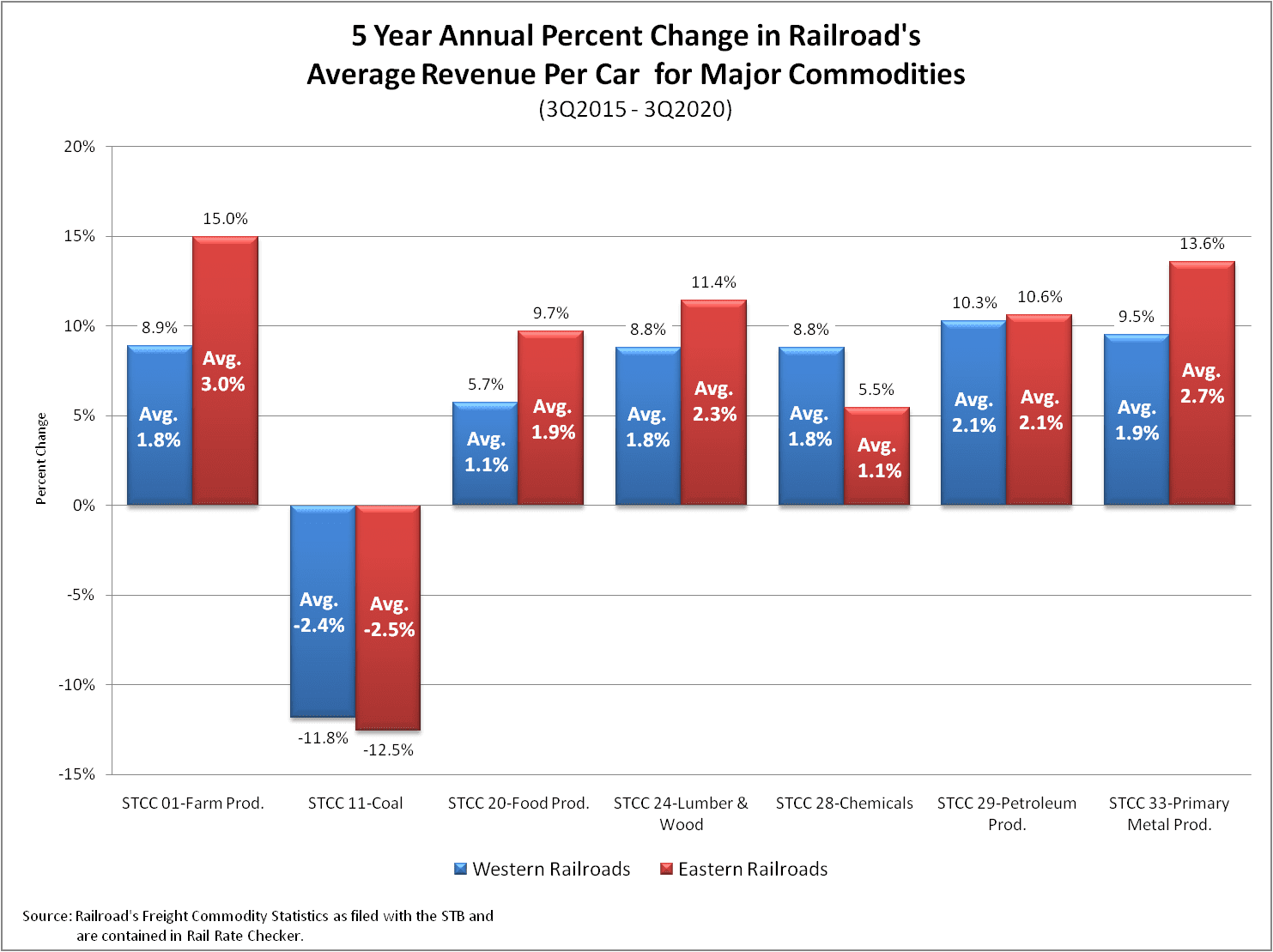Use Competitor Rates to Reduce Your Rates
Railroads do not mind a shipper saying they have high rates. What does have an impact is showing that a railroad’s rates are putting you at a competitive disadvantage in your markets.
What this means is, in order for a shipper to have reasonable rates, it needs to know something about its competitors’ rates.
Fortunately, obtaining information on competitors’ rail rates is easier than many shippers realize. Railroads are required to submit a large amount of data on their moves to the Surface Transportation Board (STB). This data contains costs, rates, volumes, and profit which helps shippers become more knowledgeable about the rates they compete against in their markets.
Two primary methods for benchmarking a shipper’s rates against competitors:
1) Public Use Carload Waybill Statistics (Waybill)
The Waybill is a large database, containing information on over 700,000 rail movements with detail down to the five-digit STCC. The Waybill provides information on where volumes going into a market originate. It also provides the rate levels moving the volumes.
2) Cost and Profit Benchmark Rates
Benchmarking shows the rate that gives the railroad the average profit received from all movements of your commodity on the whole rail system. No shipper wants to have above average rates which make this an important benchmark to understand. This benchmark rate is calculated using data railroads submit to the STB and is determined separately for captive and competitive moves as they have different levels of profit.
To get reasonable rates you first need to know what reasonable rates are. Railroads thrive on a lack of rate transparency which means it is up to the shipper to provide that transparency. Rate benchmarking provides ammunition that helps protect rail shippers from excessive rates from railroads that hold monopoly power over their traffic.
Railroads react differently to you saying you have high rates than they do to you showing that their rates are putting you at a competitive disadvantage in markets. If you can show railroads where their rates are putting you at a competitive disadvantage you will have much better success in rail negotiations. In addition, if you can show that high rates are causing both you and your railroad to lose volume in markets, you can accomplish a lot with your railroads. This all starts with rate benchmarking.
The types of rate benchmarks described above are automatically calculated for individual moves or on a macro basis in the Rail Cost Control program (RCC). Click on the link to learn more about the RCC.
Rail Cost Control (“RCC”) is a program developed by Escalation Consultants, Inc. to help shippers reduce rail expenses by managing costs and empowering negotiations. For more information about RCC and other related articles, visit the RCC Blog.”


